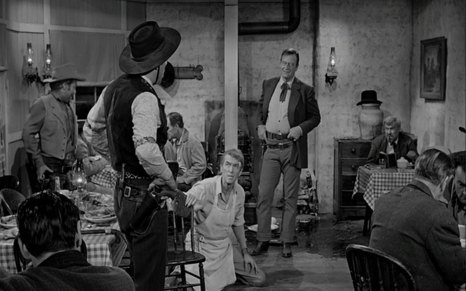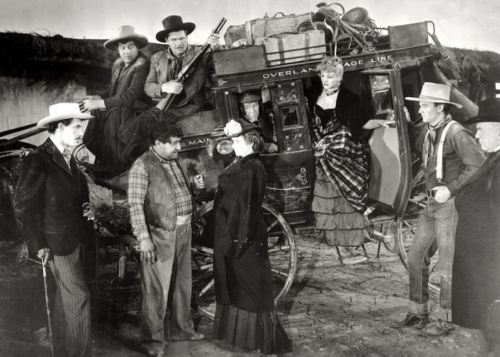By Peter Lenihan
Of all the very recognizable titles (think Rules of the Game, Tokyo Story, Seven Samurai, Vertigo, Citizen Kane) that appear on S&S lists decade in and decade out, Ford’s film is arguably the most controversial, and the fact that many people consider it to be one of the medium’s greatest masterpieces frustrates some in a way that may be unique even within the prissiest cinephilic circles. It is, of course, ultimately pretty irrelevant—polls can only track the critical fashions of a given moment and often inadvertently end up embalming the films that are most kinetic and alive. The Searchers isn’t always thought of as one of these, and I’m not sure any Hollywood director of Ford’s time moved the camera less frequently (it’s worth remembering here what Renoir said of The Informer), but it’s also true that few directors consistently filled the frame with as much movement as Ford was able to. Still, at some point the opening shot of The Searchers, complemented by Max Steiner’s lovely score, becomes indistinguishable from the fact that we are watching the shot, slavishly recreated in only the Lord knows how many fifth hand pastiches—the inky blacks of the opening title card slowly dissipating as Martha Edwards opens the door of her cabin and grasps one of the columns of the porch as she spots her brother-in-law (and, more likely than not, the love of her life) on the horizon. (more…)































 Click on names for archives
Writers/Founders
Click on names for archives
Writers/Founders